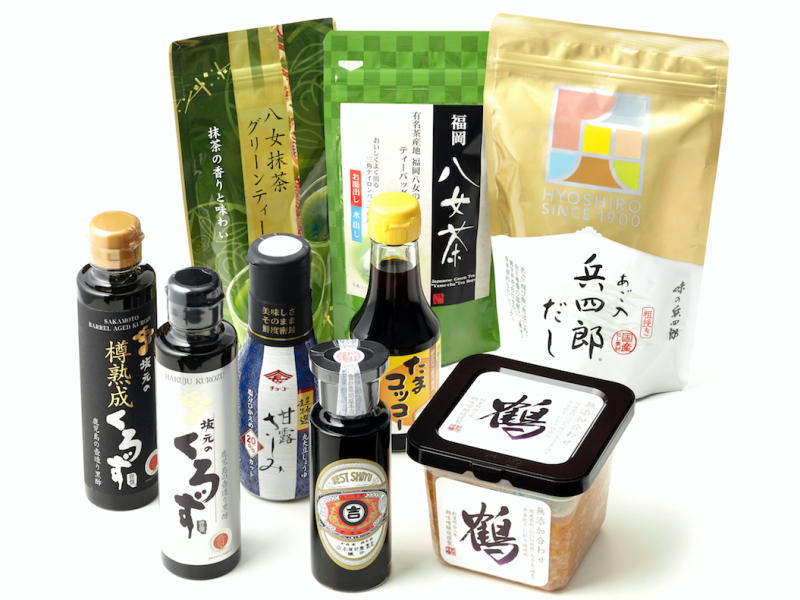The original Hankyu department store in Osaka was the first railway terminal shopping destination in Japan. It completely revolutionized the way people thought about travel and shopping – as per the vision of the store’s creator Ichizo Kobayashi. So when Hankyu opened its first branch in Kyushu, they had quite a reputation to uphold. Today, nobody could argue that they haven’t succeeded.
Hakata Hankyu is directly connected to Hakata Station, the nexus of Kyushu’s railway network. With its impressive selection of fashion items, accessories, over 50 brands of cosmetics, wares of all kinds and more, it has something for everyone. But it’s the basement level that truly encapsulates the magic of Hakata – and of Kyushu in general.
The lowest level of Hakata Hankyu is dedicated to food, and here you’ll find an assortment of sweets, condiments, snacks, spices and other foods from Tokyo, Osaka and all of Kyushu. This is very apropos given the history of the Hakata region. In the past, Hakata was an important commercial hub for merchants trading with China and Korea, so the city regularly had goods from all over the country (but especially from other parts of Kyushu) moving through it. Today, this tradition is continued by way of the department store’s basement shop, which is called Umaka Shokuhin-gura.
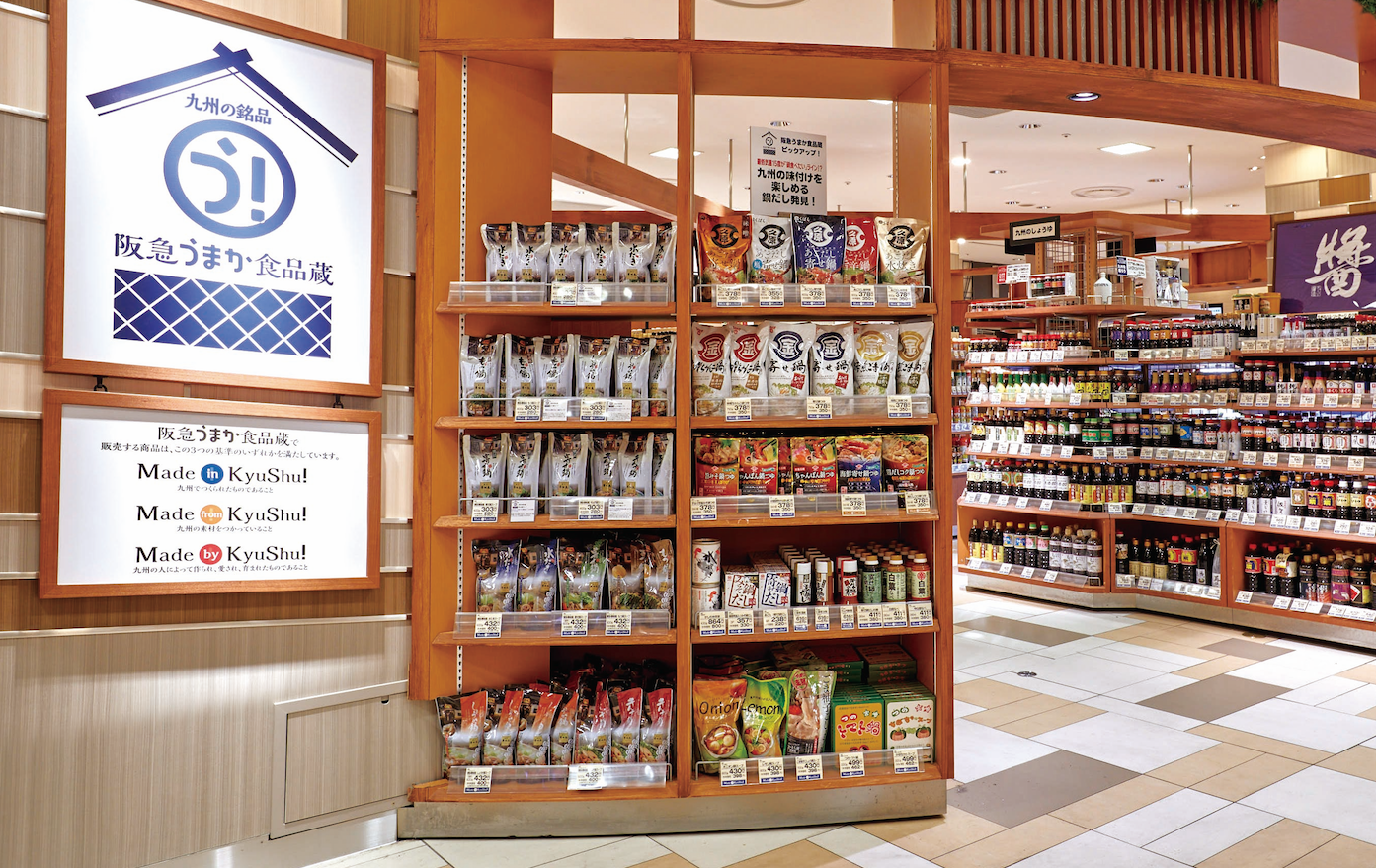
This store’s goal is to introduce items made “in Kyushu, by Kyushu, from Kyushu” to the rest of the country and to the world. Think of it, if you will, as a modern-day Silk Road boasting a selection of local, specialty items. As for the name, “gura” comes from the term “kura,” which refers to traditional Japanese storehouses originally built by wealthy merchants to protect their valuables in case of fire. Thanks to their thick clay walls, the kura had the added benefit of maintaining a steady temperature and were therefore ideal for fermentation and the production of sake, miso and soy sauce – all of which are sold at Umaka Shokuhin-gura.
Kyushu is widely recognized as one of the homes of Japan’s sake production, so naturally the department store’s basement level features a comprehensive selection of sake as well as the kind of snacks that pair well with it, including smoked squid and octopus. In the food court, you’ll also find citrus-based ponzu sauces, tofu vinegars, a specialty shop selling membei (cod roe rice crackers), miso and ikayaki (grilled squid pancakes). Be sure to look out for the range of Kyushu soy sauces, available in portable mini-bottles that make great gifts and souvenirs.
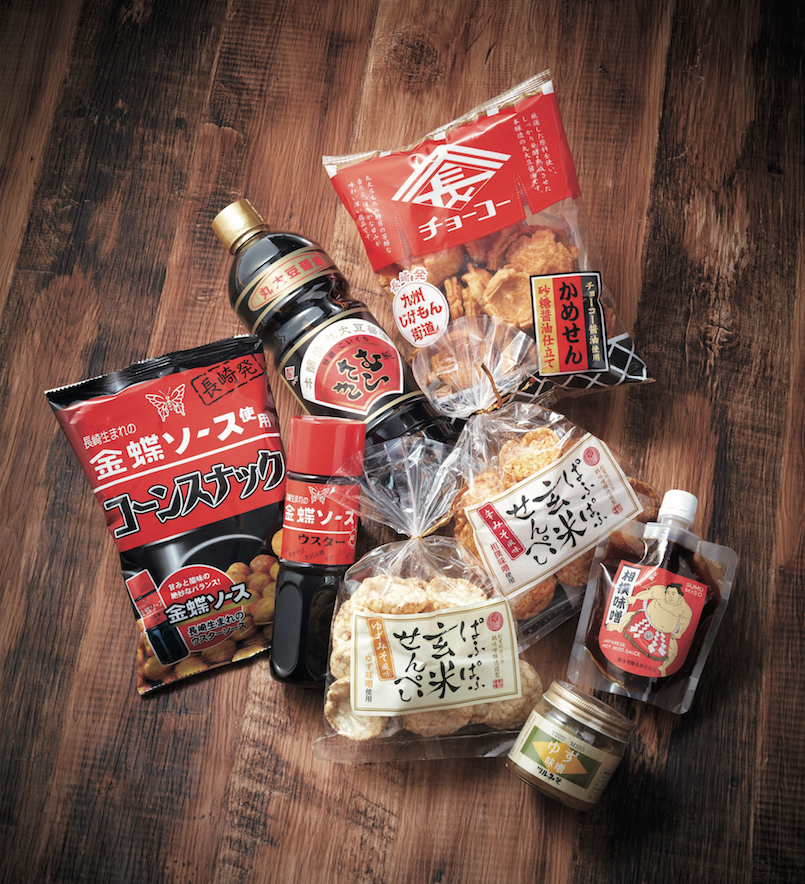 When you taste these soy sauces, you’ll notice they’re a little sweeter than the ones you might be used to. This taste difference is true of many Kyushu spices and condiments, with the reason once again being connected to the area’s history. In this case, it was thanks to the artificial island called Dejima, which was a Dutch trading post built in Nagasaki Bay, notable for being the only place that allowed direct trade between Japan and the Western world during the Edo period. This meant it was also the best place in Japan to buy imported goods such as sugar. And so, sugar found its way into plenty of Kyushu dishes and condiments, which is how the region’s uniquely sweet soy sauce was developed. It’s available in several varieties, including ones specifically for sashimi, chicken, beef or hotpot.
When you taste these soy sauces, you’ll notice they’re a little sweeter than the ones you might be used to. This taste difference is true of many Kyushu spices and condiments, with the reason once again being connected to the area’s history. In this case, it was thanks to the artificial island called Dejima, which was a Dutch trading post built in Nagasaki Bay, notable for being the only place that allowed direct trade between Japan and the Western world during the Edo period. This meant it was also the best place in Japan to buy imported goods such as sugar. And so, sugar found its way into plenty of Kyushu dishes and condiments, which is how the region’s uniquely sweet soy sauce was developed. It’s available in several varieties, including ones specifically for sashimi, chicken, beef or hotpot.
The one item you shouldn’t leave without? Fukuoka’s Takeshige soy sauce, a selection of which is available at Hakata Hankyu.
More info at www.hankyu-dept.co.jp/hakata
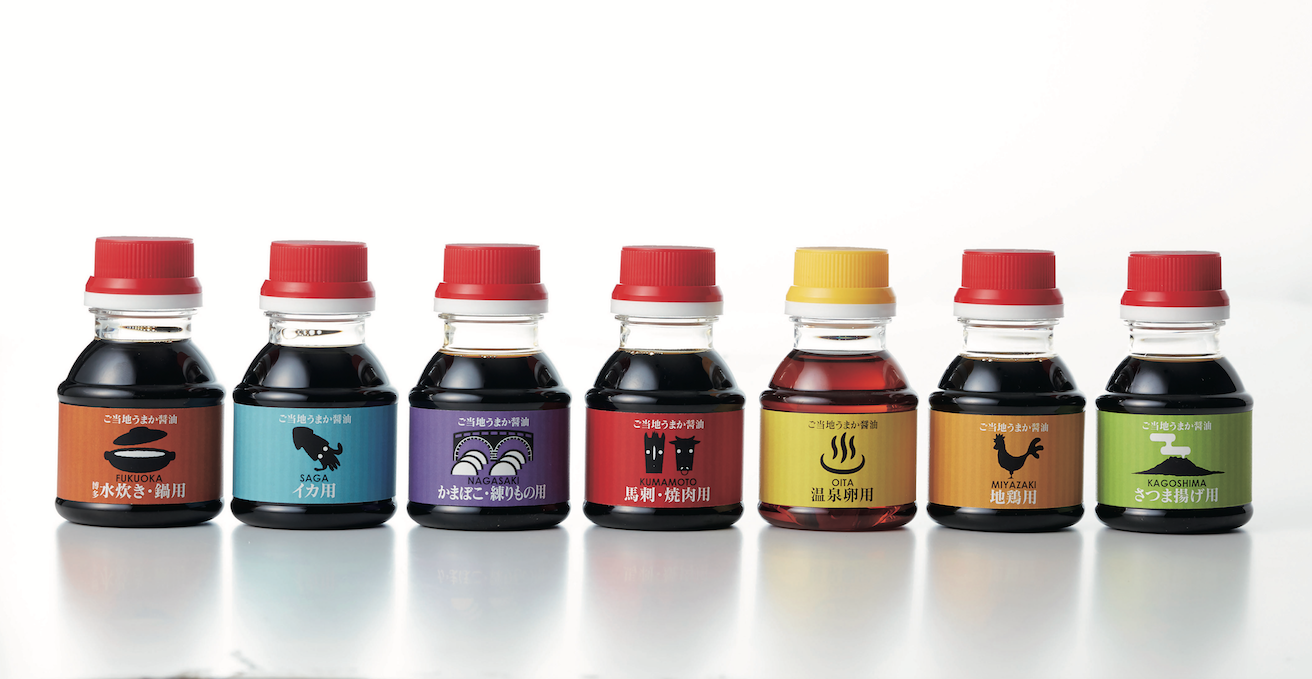
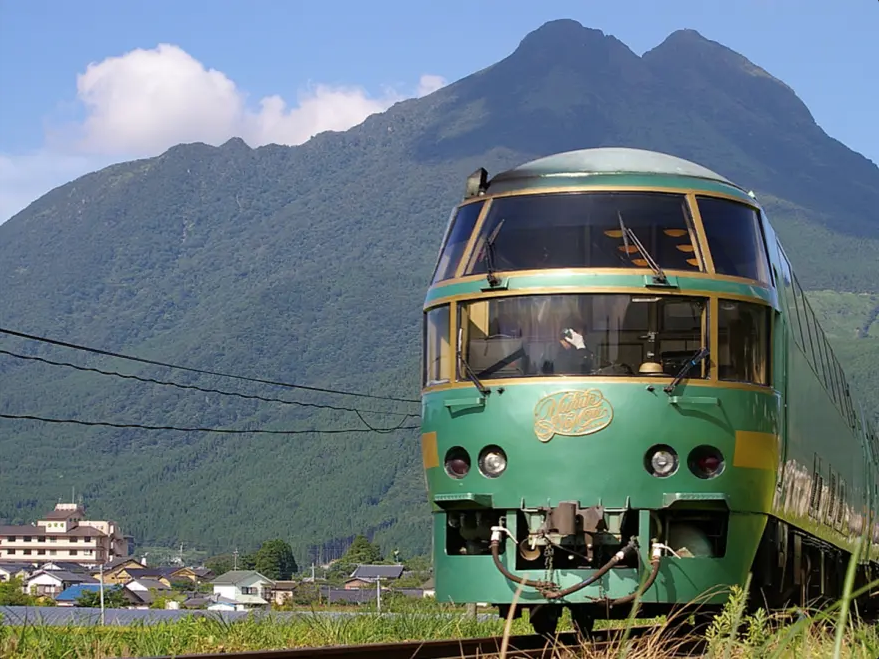
DISCOVER KYUSHU BY TRAIN
Buy the JR Kyushu – All Kyushu JR Pass
For an extra 5% off use our coupon code TOKYOWEEKENDER during check-out.

